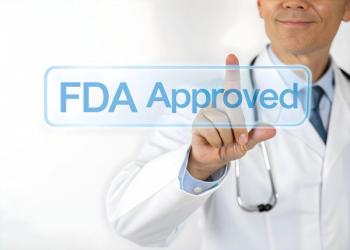
Compounding Pharmacy, Part 3: Responding to FDA Enforcement Actions
There are a number of factors to take into account when responding to FDA enforcement actions.
FDA Enforcement
The FDA can enforce its regulations in a variety of ways, including: 483s, untitled letters, warning letters, injunctions, and working with the United States Attorney and Department of Justice to close facilities and levy administrative, civil, and criminal penalties including possible jail time.
Your Response
In order to avoid inappropriate consequences, you must decide whether, when, and how to respond after an inspection.
Typically, you will be required to respond to the FDA within 15 days of receiving an FDA 483 document. A person of appropriate authority, such as a pharmacist manager, must often be the signatory. This helps convince the FDA that the signatory is appropriately empowered to enforce changes.
A key point of concern for the FDA is the tendency of pharmacies, and other organizations it oversees, to overpromise and under-deliver. Single findings are typically symptoms of larger problems. As such, while it is important to fix the immediate problem, it is likely that the entire quality system has a problem, which means that both the symptom and the system must be fixed.
Agreement
If you agree with the FDA’s citations, it is important to work to convince the agency that you have an understanding of the problem and that you are committed to fixing it.
Among the first steps to resolving problems is typically to perform a root-cause analysis. Asking “Why did the problem occur?” and “How can the company stay compliant?” are often good jumping off points. It is also critical to evaluate how long this analysis will take. Vague answers are often deemed unsatisfactory.
Disagreement
If you believe the FDA made a mistake, you must convince the agency that you are already in appropriate compliance with the relevant rules. Potential examples of mistakes in the FDA’s citations that you might identify include: (1) The FDA did not have all the facts, or (2) the FDA has inappropriately disregarded certain relevant facts.
What Not to Include
One thing to avoid doing is asserting that the FDA doesn’t understand the practice of pharmacy. Pharmacists often resort to this option instinctively. It is also important to avoid unwittingly angering the FDA through abusive statements or assertions questioning the agency’s credibility.
Outside Help
You may need outside help responding to the enforcement action if you lack legal, regulatory, or clinical experience. You may also need help addressing the enforcement issues in a technical, legal, or regulatory manner if you are not comfortable doing so. Finally, you may require outside counsel if the FDA has expressed concerns about your employees’ competence, motivation, or integrity.
—Darshan Kulkarni and Samantha Ricketts
Darshan can be reached at (215) 703-7842 or by email at
Newsletter
Stay informed on drug updates, treatment guidelines, and pharmacy practice trends—subscribe to Pharmacy Times for weekly clinical insights.




















































































































































































































